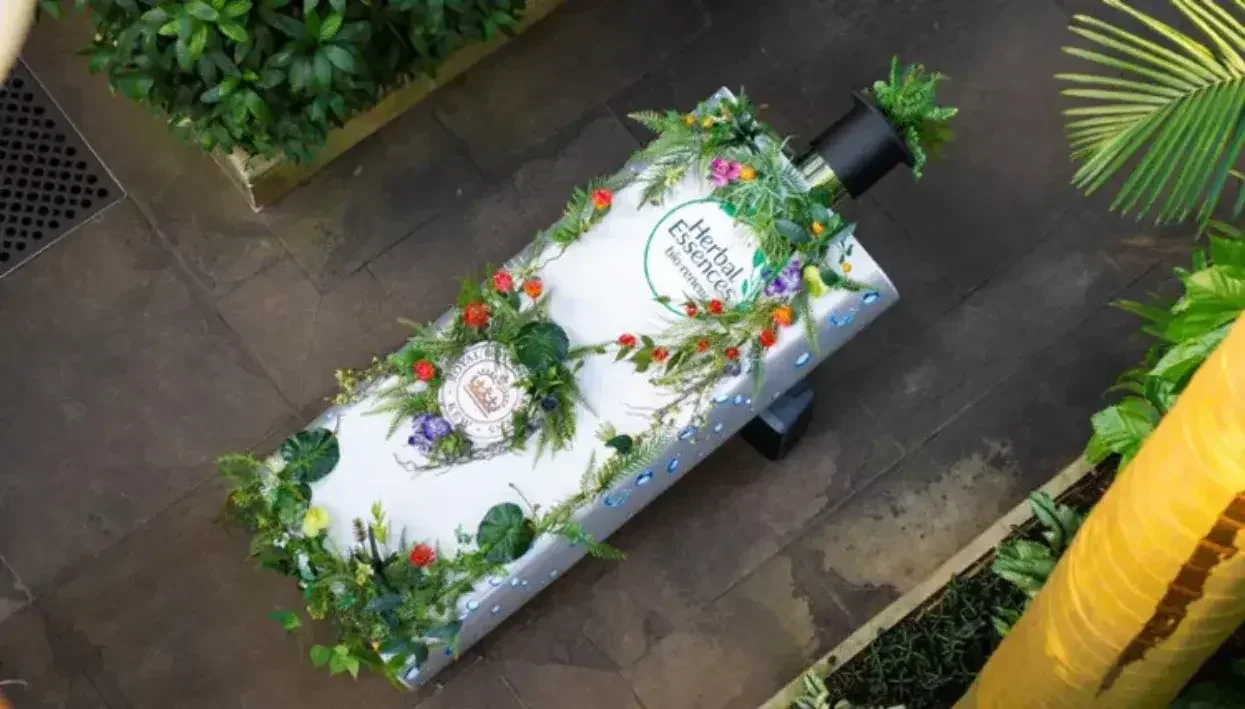Digital Printing
Sustainability
A sustainable shopping list
Author
FESPA Staff
Published Date
20/01/2021
Become a FESPA Member
to Continue Reading
